This is the third post in a series I’m sharing about colorful signatures in the plant realm. Here they are in order so far:
Yellow is the colour of my true love's hair
In the morning when we rise
In the morning when we rise
That's the time, that's the timeI love the best
I wonder if Donovan was secretly singing about Dandelion, because that’s who I picture as my true love when I hear this song.
Dandelion blossoms in spring
Like the rays of the golden sun, yellow brings things to life. Yellow is the epitome of cheery. Yellow boosts our confidence and our energy.
Our bodies’ sun lies in the solar plexus, the 3rd chakra (sanskrit: manipurna meaning “city of jewels”). This is the center of identity, self-expression, and will. Our sun is how we show up, in every sense. How do we rise to the occasion? It’s also the place where we create boundaries; it’s where I end and you begin.
To restore the energy of an imbalanced solar plexus, add a little yellow to your life.
You can sit with yellow stones with an intention to boost your confidence or turn down those negative self-talk voices. Here are a few you might want to try: citrine, yellow calcite, yellow sapphire, golden healer, tiger’s eye, and pyrite.
The plants that balance our solar plexus are plentiful. Many of them have yellow flowers, and sometimes roots.
Black-eyed Susan bloom
Black-eyed Susan (Rudbeckia species)
With gorgeously golden rays and a deep dark center, Black-eyed Susan flower essence brings our shadow to the light, allowing us to process what is at the recesses of our psyches with love and compassion. Medicinally, this beauty is akin to its relative, Echinacea, being a detoxifier and stimulant to the immune system. It is sometimes utilized in formulations for Lyme Disease, a condition that can rock a person to their core (aka, the solar plexus center).
Dandelion (Taraxacum officinale)
One of my favorite plant allies. Dandelion is a rooted grounded reflection of the sun above, with radiant golden blooms. Dandelion blossoms used topically are a mild pain reliever and make a great massage oil for the solar plexus. The root is well known for its liver-supportive effects. (The liver and gallbladder are also located in the solar plexus region - yellow is a signature for these organs).
Goldenrod and Bull Thistle
Goldenrod (Solidago species)
As the light of the day begins to wane, Goldenrod shines the way into the darker months. Like Dandelion, Goldenrod makes a lovely massage oil for the solar plexus. It’s also a great ally for disorders of the urinary tract (yellow) and for treating candidiasis.
Saint John’s Wort (Hypericum perforatum)
Delicate golden blossoms that bleed red when you squeeze them speak to the ability of Saint John’s Wort to balance both the root (red) and solar plexus (yellow). Lots of caveats to working with this one. If you want to work with this plant but feel it’s contraindicated for you, you can work with the flower essence or the oil, topically applied to the solar plexus region.
Sunflower
Sunflower (Helianthus annuus)
Towering above reaching toward the sky with its tall stalks, yet facing downward as if looking down upon us humble creatures below, Sunflower is a reminder of the fruitful relationship between the Earth and the Sun. Its abundant seeds are nourishing and cleansing, its fragrant petals infused in oil and blended with the other golden blossoms mentioned here, again, make an excellent solar plexus massage oil. The flower buds orient to the sun and the flower essence helps us do the same, bestowing a more shining expression of our truest selves.
These are just some of my favorite plants that prominently feature yellow. Do you have a favorite yellow ally? Share in the comments below!
Photo by Dmitry Grigoriev on Unsplash






